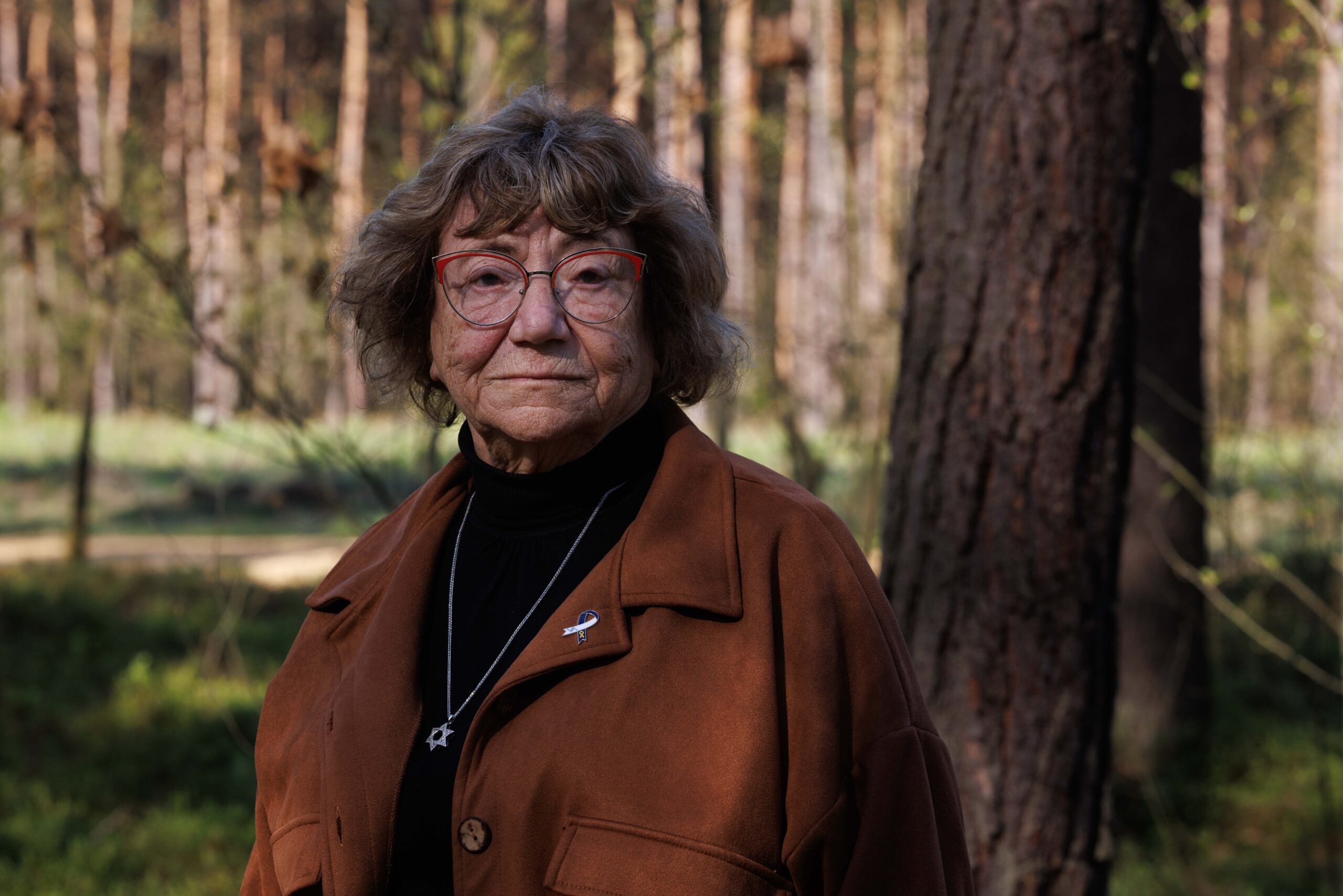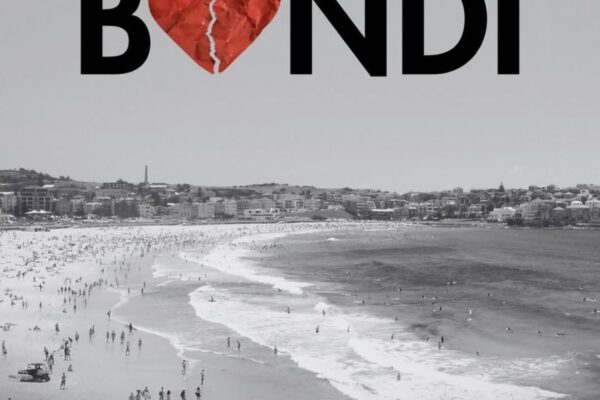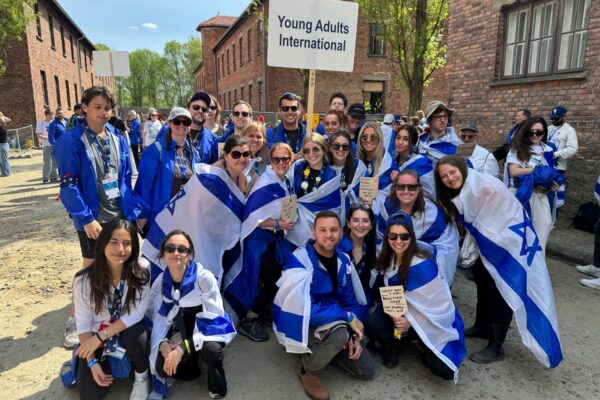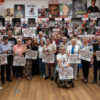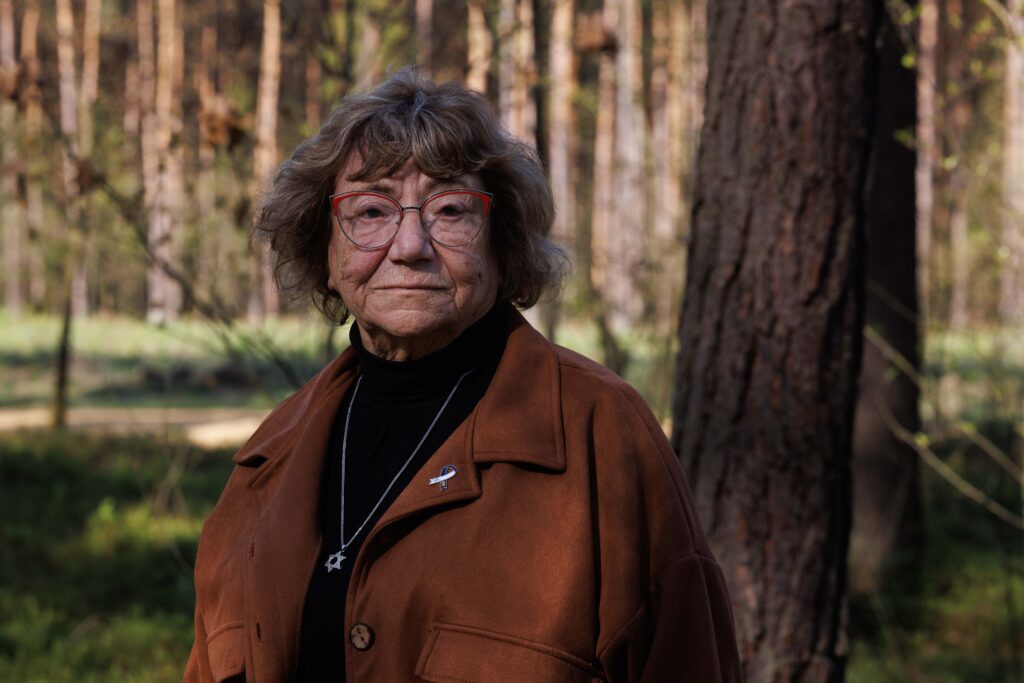
Gita Koifman outside of Auschwitz on the 2025 March of the Living. Photo Credit: Ziv Koren
Eighty years ago, on May 8, 1945, Nazi Germany surrendered unconditionally to the Allies, marking the end of World War II in Europe. For most, it was a day of triumph. For Jews, it was the end of the greatest catastrophe in our history: the Holocaust, in which six million of our people—including one and a half million children—were murdered in ghettos, forests, and camps.
I was born in 1939 in Moldova, where my community in Briceni had once flourished. When I was just two, the Nazis arrived. Along with thousands of other Jews, we were deported on foot to Transnistria. In freezing temperatures, without food, I lost my mother, my grandmother, and my uncles. I survived only because of the courage of my aunts. After liberation in 1944, my father carried me hundreds of kilometers home—only to find our house destroyed and our family gone.
But the story of the Jewish people in the war was not only one of persecution. Hundreds of thousands of Jews fought in the ranks of the Allies. In the Soviet army alone, nearly half a million Jews served. Another half million fought in the U.S. military. Thirty-five thousand served under the British, including in the Jewish Brigade made up of fighters from Mandatory Palestine. Others took up arms in ghettos and forests—from the Warsaw Ghetto Uprising led by Mordechai Anielewicz, to Abba Kovner’s resistance in Vilna, to the Bielski partisans who rescued thousands. From Palestine, Hannah Szenes parachuted into Europe to fight the Nazis and was executed at just 23. These were not passive victims—they were fighters.
And they were the foundation upon which the State of Israel was built. After surviving the death camps, many Holocaust survivors landed on the shores of a fragile Jewish homeland and were handed rifles to fight in Israel’s War of Independence. I, too, came to Israel—making aliyah in 1973, fulfilling the dream my mother never lived to see. For the first time, I truly felt I had a home where I belonged, where I was not a stranger, and where Jews could live in dignity and safety.
Last month, I returned to Auschwitz as part of the March of the Living. Alongside 80 other Holocaust survivors from across the globe, I walked through the gates once meant to mark our death. But we carried Israeli flags. Our children and grandchildren walked beside us. It was a march of victory.
This year, as Chair of the Association of Survivors of Concentration Camps and Ghettos in Israel, I will mark both May 8 and May 9 with immense pride. On Victory in Europe Day, I will salute the brave soldiers of the Israel Defence Forces fighting in the north and south, pray for the return of the hostages, and for the healing of the wounded. The next day, I will stand in Red Square in Moscow as part of the Israeli delegation to Victory Day—honoring the Red Army that liberated so many Jews, including myself, and the Jewish soldiers who fought in its ranks.
But even as we commemorate that historic defeat of Nazism, we cannot ignore a haunting truth: the ideology we thought we had vanquished has returned. Antisemitism is again on the rise—in Europe, in America, and even after the horrors of October 7, here in Israel. In some places, Jews are afraid to walk the streets. In others, Jewish students hide their identities. We are once again reminded that Jewish survival cannot depend on the goodwill of others—it must depend on our strength.
Eighty years later, we are no longer stateless, weaponless, and voiceless. We have a home. We have a flag. We have an army. That is our victory. That is our promise. Never again is not just a plea—it is our covenant.
Am Yisrael Chai. The people of Israel live.
Written by Gita Koifman, Chairwoman of the Association of Survivors of Concentration Camps and Ghettos in Israel
